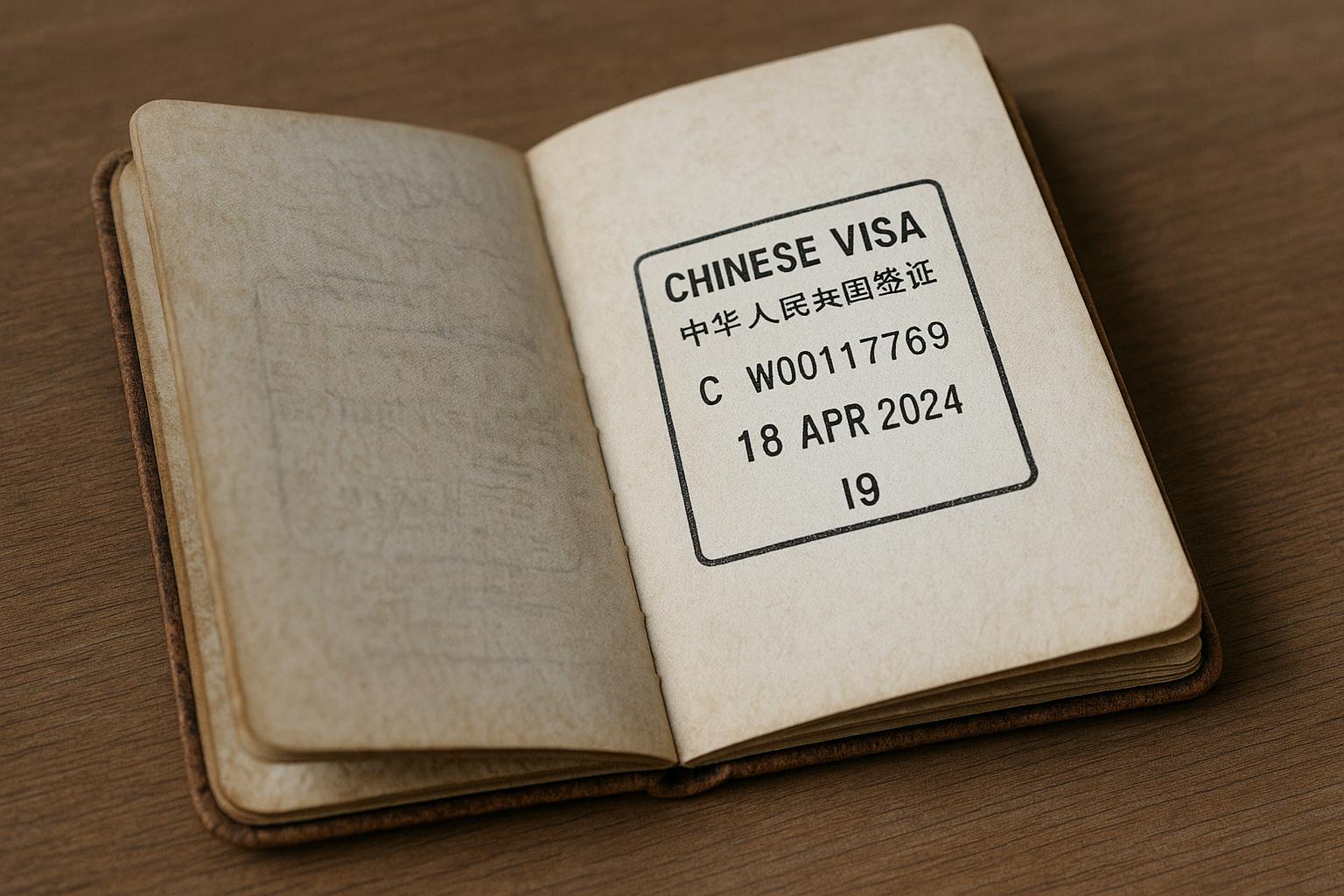The China Pavilion opened to considerable acclaim at the 2025 World Travel Market (WTM) in London, one of the globe's preeminent tourism trade fairs that convenes over 5,000 exhibitors from more than 180 countries and regions. This year’s pavilion was the largest and most ambitious to date, featuring approximately 200 participants representing cultural and tourism authorities from 13 Chinese provinces, municipalities, and autonomous regions, alongside 56 leading tourism enterprises. Designed around the theme "Chinese Tourism: Innovation, Integration & Sustainable Growth," the pavilion spanned over 400 square metres and integrated traditional cultural aesthetics with modern sustainability practices, earning the prestigious Best Stand Design Award.
Wang Qi, minister and charge d'affaires of the Chinese embassy in the UK, underscored China’s expanding influence in global tourism. He highlighted China’s status as the world’s largest domestic tourism market, a major source of outbound travellers, and an increasingly appealing destination for international visitors. Wang detailed recent policy measures aimed at facilitating inbound travel, including the expansion of visa-free entry protocols, enhanced tax refund services, widespread adoption of convenient mobile payment systems, and strengthened multilingual support. These initiatives have evidently borne fruit; in the third quarter of 2025 alone, over 7 million foreign travellers entered China visa-free, representing 72.2 percent of all foreign arrivals and marking a 48.3 percent annual increase.
These developments align with government announcements from earlier in the year that significantly relaxed visa-free transit policies. The newly extended permitted stay for eligible foreign travellers has increased from previous limits of 72 or 144 hours to 240 hours (10 days). This policy also expanded the number of designated ports to 60 across 24 provincial-level regions, applicable to citizens of 54 countries, including major global players such as Russia, Brazil, the UK, the United States, and Canada. Furthermore, starting June 2025, citizens of five Latin American countries, Brazil, Argentina, Chile, Peru, and Uruguay, will enjoy a one-year visa-free entry policy allowing stays of up to 30 days. This initiative is part of China’s strategic effort to deepen ties with Latin America and revitalize its tourism sector post-pandemic.
The marketplace's focus at WTM extended beyond inbound tourism as discussions highlighted the evolving preferences of Chinese outbound travellers. Daniel Cheng, founder of MDS Collective, remarked that the 2025 Chinese traveller tends to be younger, more independent, and highly selective, seeking immersive, authentic experiences that go beyond traditional sightseeing to include local cultural activities and workshops. This shift is prompting global destinations to adapt their offerings accordingly.
For instance, the Saudi Tourism Authority highlighted how Chinese tourists are drawn to unique, less explored destinations such as desert heritage sites and stargazing experiences, reflecting a blend of discovery and warm hospitality. Meanwhile, in the UK, cinematic storytelling remains a keystone attraction; Robin Johnson, global marketing director at Visit-Britain, revealed that 96 percent of Chinese travellers interested in the UK seek out film and television locations. The UK’s Starring Great Britain campaign leverages popular franchises like Harry Potter, Peaky Blinders, and James Bond, encouraging tourists to explore beyond London into regions such as Yorkshire, the Scottish Highlands, and the coast.
Technology also plays a pivotal role in this travel evolution. Boon Sian Chai, managing director for international markets at Trip.com Group, observes that digital platforms empower Chinese travellers with greater spontaneity and independence, enabling them to tailor their journeys in real-time and engage dynamically with their chosen destinations.
Overall, China’s comprehensive approach to opening its tourism market through policy reforms, cultural promotion, and technological integration is fostering a two-way international exchange. As Wang Qi aptly summarized, these efforts aim to make travel to, from, and within China more accessible, enjoyable, and meaningful, thereby strengthening global tourism ties and enhancing cultural understanding.
📌 Reference Map:
- [1] (China Daily) - Paragraphs 1, 2, 5, 6, 7
- [3] (Chinese Government English) - Paragraph 3
- [4] (State Council Information Office) - Paragraph 3
- [5] (AP News) - Paragraph 4
- [6] (China National Tourist Office UK) - Paragraph 1
- [2] (China Daily) - Paragraphs 2, 7
Source: Noah Wire Services
